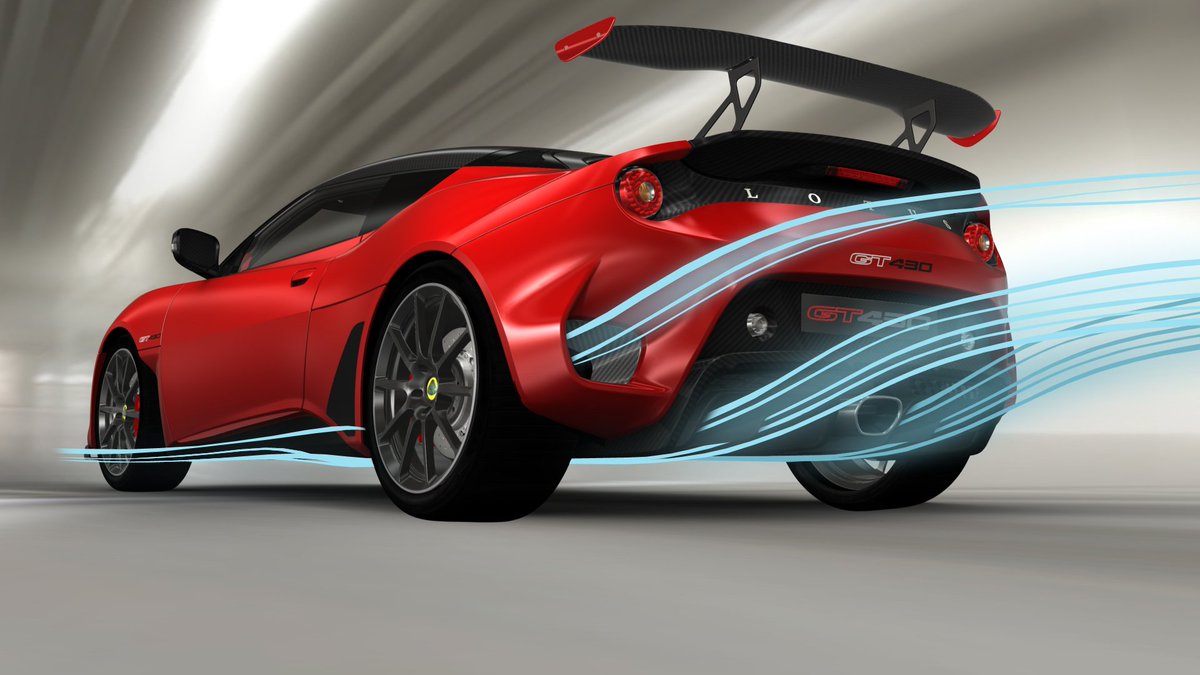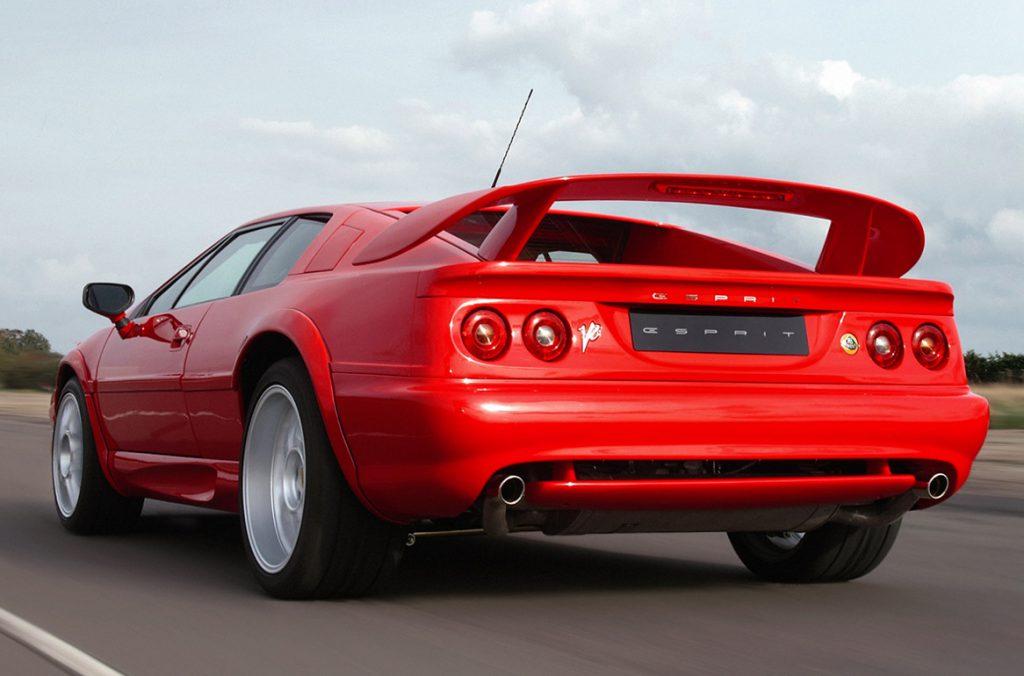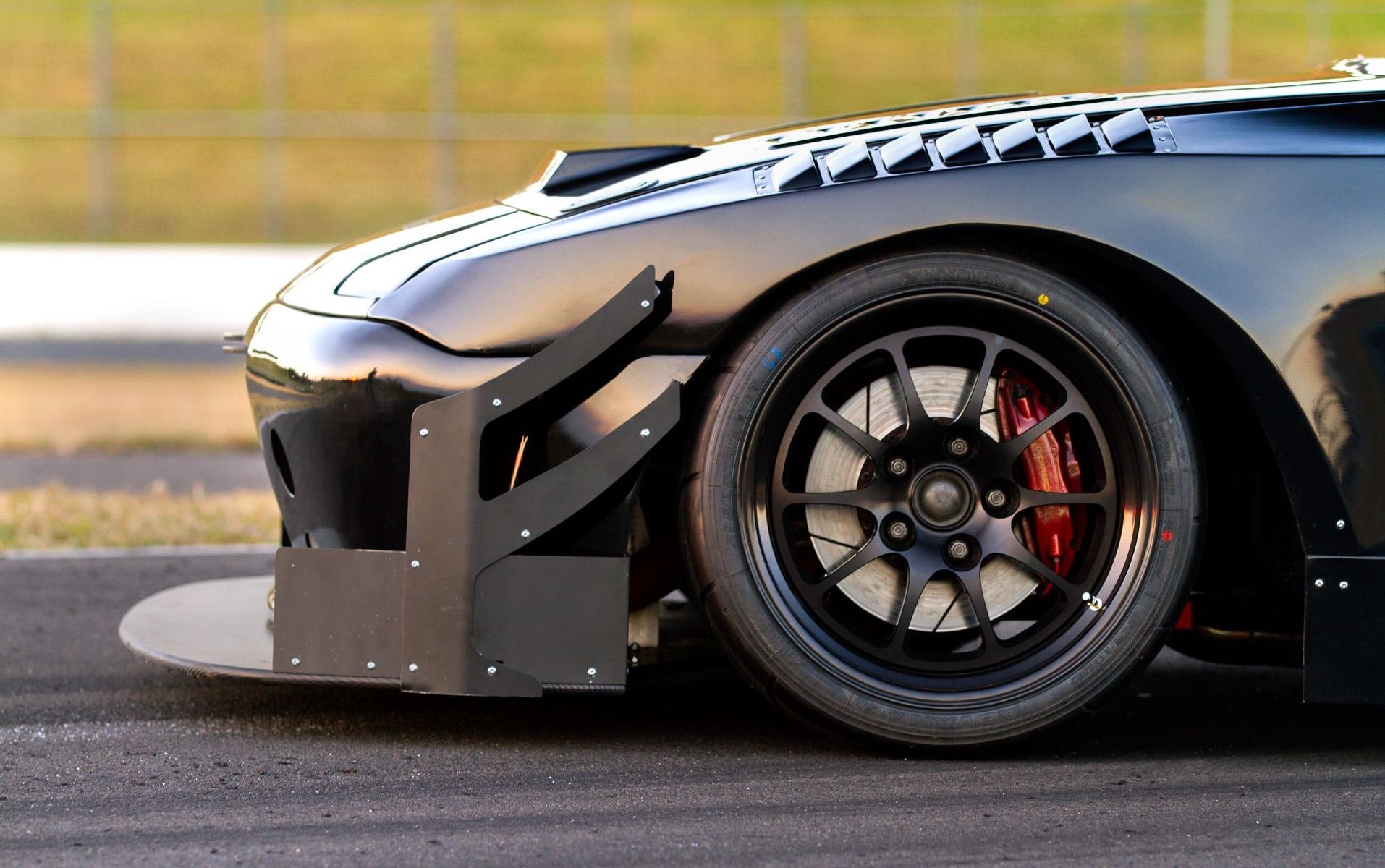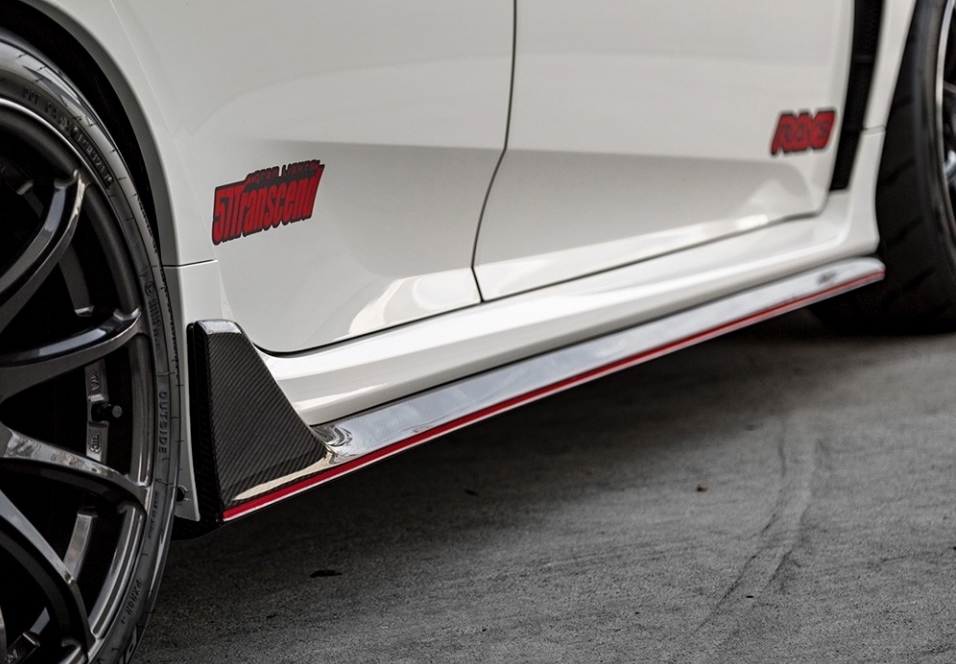A spoiler is a blade-like thing that stays on the rear part of the car above the tailgate. In major cases, it seems to fulfill the purpose of making a car look cool. However, it does have an important purpose, that is redirecting the airflow around a vehicle to keep it firmly on the ground, thus allowing it to gain traction and stability even at high speed. Let’s find out more about what does a spoiler do for a car, the different types of spoilers and if it is something worth having. You will also learn more about its interesting history, as well as other factors that also contribute to the overall aerodynamics of a vehicle.
Contents
What Does A Spoiler Do For A Car?
Spoilers are often seen embedded with sports cars or sporty trucks. They can be installed at various sections of a car, such as the front, rear, sides, and more. However, the rear spoilers are the most common, and generally, drivers get confused wondering “what does a spoiler do for a car?”.

Spoiler, as its name suggests, spoils the aerodynamic lift. When you drive a vehicle fast enough, such as on the highways, it acts as one single unit that when in speed can get lifted off the ground.
This makes the driver and the passengers inside at risk because when the car lifts off the road, stability gets compromised. This happens due to the flow of the air that, without a spoiler, makes the air flow upward and makes the overall vehicle effectively more lightweight when in speed.
Spoilers on cars spoil this upward force, and instead, they increase the downforce on the car that helps it remain grounded. That is why in sporty or race cars, a spoiler is a must, so the car does not accidentally get lifted off the ground. Without a spoiler, handling can be worse as there won’t be any strategic cutting through the air.
READ MORE
Is It Worth Having A Car With A Spoiler?
Spoilers these days are a matter of trend more than function. There are many car owners out there who already have a car with a spoiler but do not know its actual function, but rather see it as a fashion statement.
Well, there is nothing wrong with it, too, because a spoiler does make the car look cool and fashionable. However, these cars charge more than the usual cars we generally see running on the roads. So, if anyone thinks about is it worth having a spoiler, then he needs to determine the purposes he bought the car for.
If you want to own a car for casual driving without going too fast, you’ll do fine without a spoiler. However, when you want a sporty car with speed, you should always consider a properly installed spoiler. This would keep your car stable in high speed.

Without a spoiler, only the vehicle’s weight would be responsible for keeping the car on the ground. Automakers would also need to increase the overall weight of a car to make it more stable when speeding. This, as a result, would compromise the overall fuel efficiency.
READ MORE
Wings vs Spoilers
Now that you know the answer to “what does a spoiler do for a car”, we must stress that you must not stop here. There are different types of spoilers, and other mechanism for aerodynamics improvement, and there are nuances that you must pay attention to when trying the enhance your driving experience and safety at high speed, so read on.
You might come across another accessory, or modification meant to improve performance and driving experience called “wings”. Both wings and spoilers reduce up-lift air force at the tail of a vehicle, albeit by using slightly different mechanisms.
A vehicle’s wing, also called “airfoil”, looks like an upside-down airplane wing, hence the name. It deflects airflow upward to generate a down-force or a negative lift on the rear of the vehicle, thus allowing the vehicle to stick to the ground and pass the curves at high speeds without slipping.

Like a wing, a spoiler also creates a greater downforce to help the vehicle gain better traction without significantly increasing its overall weight. One difference is that a spoiler has a larger impact on redirecting the overall airflow around the vehicle, and there are also many types of spoilers attached to different locations on a car’s exterior for specific air direction. They’re designed to “spoil” the airflow to reduce its negative influence on the performance of a vehicle, hence the name.
That said, not every wing or spoiler will bring benefits to your driving experience. To serve their purposes, they need to be well-designed and suit the overall design and aerodynamics of the vehicle.
Automotive aerodynamics is the study and management of air, which in this case is treated like a fluid, around a vehicle. Its main objectives are reducing drag, minimizing wind noise emission, and preventing undesired up-lift forces as well as other causes of instability at high speeds. A car’s aerodynamics will be discussed in more detail further below.
A well-designed rear wing is meant to produce downforce instead of lift, but adding any appendage to the exterior of any car, or other modifications in general, is bound to disrupt the optimal aerodynamics that were originally designed into it at the factory. A badly designed wing, or one that does not suit the design of a vehicle, may even hurt traction, stability, speed and fuel economy.
Therefore, when you intend to do such a modification, best consult a professional and also consider your needs, that is how you would want the wing or spoiler to improve your driving experience.
Like wings, badly designed or misfit spoilers also can have counterintuitive effects on the performance of a vehicle. For example, a spoiler that protrudes upward from the trunk of a performance car or a race car reduces drag even though it sticks up and thus should block the air. Similarly, aerodynamic testing has found that the liftgate in trucks reduces drag compared to when it is lowered or removed.
Many vehicles only have an air “dam” under the front bumper and a modest lip-shaped spoiler attached to the trunk lid. Some performance models come with more prominent rear spoilers or wings perched above the trunk, but the spoilers alone doesn’t necessarily make the vehicles more aerodynamic or can go faster.
Instead, there is much more about the aerodynamics of a vehicle than simply attaching a wing or rear spoiler in car, as you will find out more below.
History of Spoilers, and A Vehicle’s Aerodynamics
Spoilers are simple accessories designed to change the overall airflow around a vehicle, including the air above, behind, on the side and underneath it to reduce wind resistance, or drag. Spoilers also redirects the airflow around the vehicle to create more downforce and enable the vehicle to gain more grip or traction at high speeds. They’re designed to “spoil” the airflow to reduce its negative effects on the vehicle’s stability, hence the name.
Spoilers started to gain popularity around the 1960s when car producers sought to improve the aerodynamics of race cars and performance vehicles. Later, fuel economy regulations motivated automakers to improve the aerodynamics of all vehicles to achieve better fuel economy, since a vehicle with less wind resistance eats up less fuel at high speeds.
As a car increases its speed, aerodynamic drag increases, making the engine work harder to maintain such speed. More air flows underneath the car’s body, thereby creating an upward lift. This uplift force reduces grip or traction that is keeping the car’s wheels on the road, and thus makes the vehicle less stable and more likely to slip.

When it comes to automotive spoilers, most will probably think of a wing-type spoiler sitting above the deck lid of a car, but spoilers are also commonly attached to the front of a vehicle to direct air to the sides. Redirecting air to the sides serves to reduce airflow going underneath a car’s body, thus minimizing the upward lift.
Another type of spoilers are the side “skirts” along the rocker panels. At the rear, where airflow tends to be more turbulent and generate more uplift, spoilers create more downforce to keep the vehicle’s wheels firmly and stably on the road.

That said, it is important to keep in mind, if performance is your priority, that spoilers are only a small part of the aerodynamic picture. The styling and height of a vehicle, the design of the roof, the design and size of the rear window and trunk, the size of the grille, the shape of the front bumper and headlights, and many other factors all play significant parts in managing airflow around a vehicle. Remember that each small detail of a vehicle model exists for a reason, and each component is designed with the vehicle as a whole in mind.
Car manufacturers usually spend many years, even decades, and millions of dollars to continuously perfect the design and aerodynamics of a vehicle before the model is introduced to the market to improve fuel economy and stability at high speed, as well as to minimize wind noise, all the while ensuring an eye-pleasing appearance.
If you ever wondered “what does a spoiler do for a car”, now you know it’s not just for show but serves a practical purpose. A spoiler improves a vehicle’s stability and traction, thus improving your safety at high speed and your overall driving experience.
Determine what you want out of your beloved vehicle, then decide whether or not you should go for a car with a spoiler. If you do, it is recommended that you consult a professional on the best type and design of spoilers, possibly along with wings and other aerodynamic-enhancing parts, that best suit the design of your vehicle. For cooler ways to upgrade your beloved car, whether for appearance or performance, head to our comprehensive library of pro maintenance tips.


